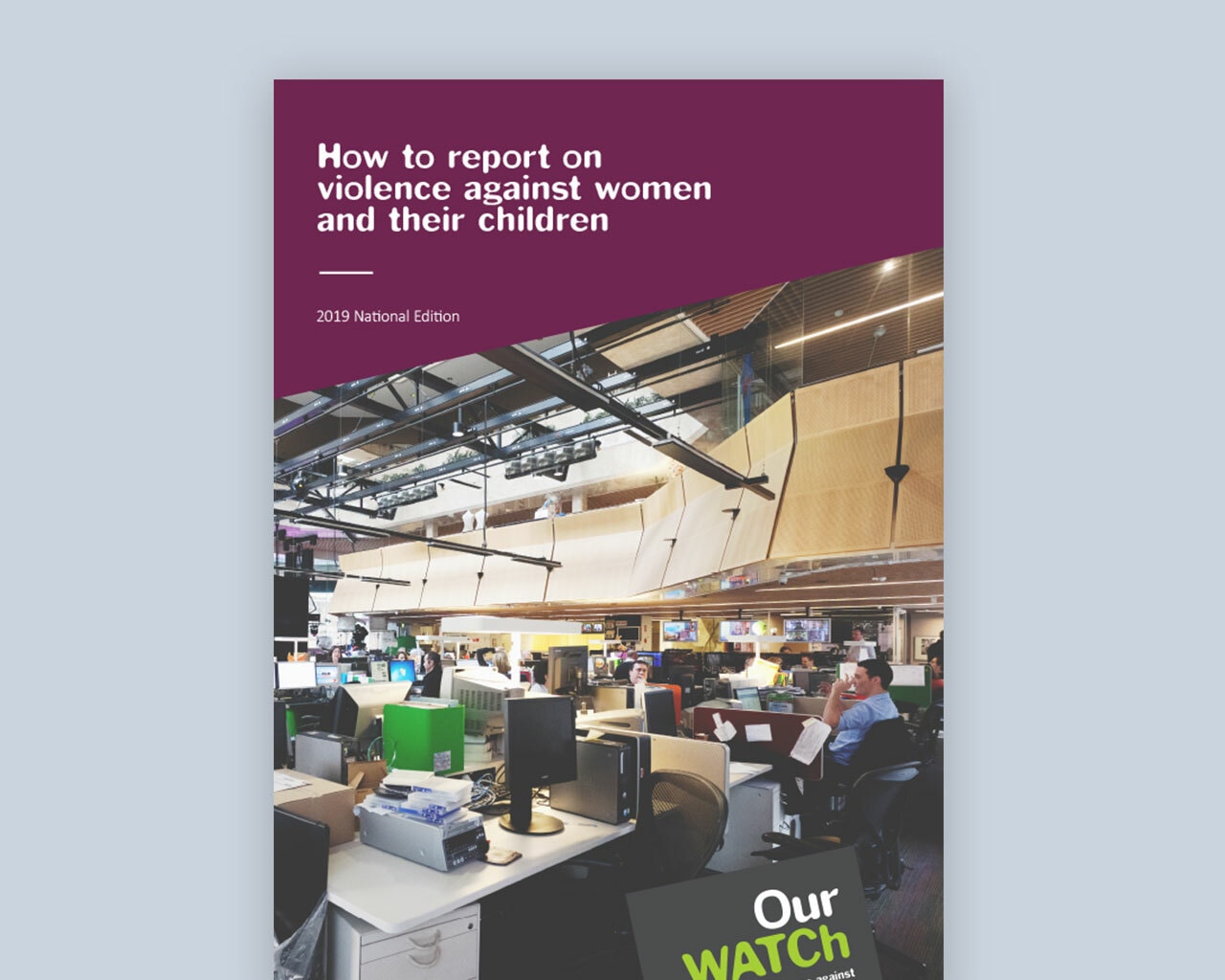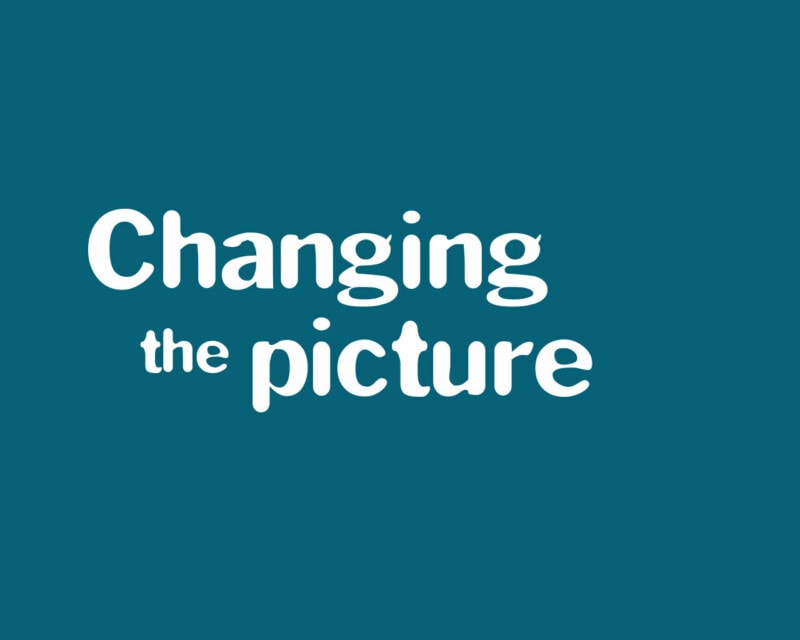On this page
When reporting on violence against Aboriginal and Torres Strait Islander women, aim for respect, accuracy, and fairness to avoid causing further harm. Here are some important things to keep in mind:
- The impacts of colonisation. Violence against Aboriginal and Torres Strait Islander women occurs in the historical context of colonisation, dispossession and disadvantage. Present-day impacts include racism, intergenerational trauma, forced child removal and entrenched poverty.
- Entrenched and systemic racism in social norms, attitudes and practice. This includes attitudes and practices within the media itself, as well as criminal justice systems and so on.
- The long history of misrepresentation, misinformation and disinformation, particularly when reporting on violence against Aboriginal and Torres Strait Islander women.
- Media silence when Aboriginal and Torres Strait Islander women are killed. This renders these women invisible, demonstrates what media considers newsworthy, and indicates Aboriginal women and their safety is not important.
The media have a unique responsibility to address these issues and promote accountability for racist and gendered violence through challenging indifference and racist community attitudes in their reporting.
If you are an Aboriginal and Torres Strait Islander woman and you are murdered or terribly abused, it doesn't get the same coverage and the same treatment that it does if it was a white woman... I think that that's such a shocking indictment on our industry.
— Dan Bourchier, First Nations journalist and broadcaster, public speaker and Diversity, Inclusion and Belonging advocate.
Context matters
- Do not suggest that violence is part of Indigenous culture.
- Highlight the impacts of colonisation, including racism, dispossession, intergenerational trauma, forced child removal, structural inequality and entrenched poverty. Explain how these intersect with Aboriginal and Torres Strait Islander women’s experiences of violence.
- It may be difficult for Aboriginal and Torres Strait Islander women to seek help or access services. State-sanctioned violence means many women may distrust government agencies or have a justifiable fear that their children will be taken. Women are commonly misidentified as the aggressor by police, which can pose an increased risk for Aboriginal and Torres Strait Islander women seeking help. Consider including community solutions and approaches to the issue. For example, leadership of Aboriginal and Torres Strait Islander peoples in community, legislative reforms, and community-driven programming dedicated to addressing or preventing family violence.
- Interrogate the images, language and statistics you use. For example, reporting often fails to acknowledge that in urban areas, most perpetrators of violence against Aboriginal and Torres Strait Islander women are non-Indigenous. Consider whether you can reframe statistics to put the perpetrator or racist structures in view.
Observe cultural protocols
- Continually upskill your cultural competency.
- Ask your source how they would like to be described.
- Seek advice from community members regarding the cultural protocols of naming or using the image of a deceased person in their particular Aboriginal or Torres Strait Islander community.
In the aftermath of violence, you need to be supported, you need to be wrapped in care... You do not need to be harassed to tell a story that you may not be in a position to tell yourself at that point... I think that that is probably where we need to do our homework as journalists... think about what is it that you're going to put on them by phoning them... I think if your heart tells you that that's the wrong thing to do, then don't do it.
— Professor Kyllie Cripps, Director of Indigenous Studies Centre, Monash University; Chief Investigator, Centre of Excellence for the Elimination of Violence Against Women.
Consider your sources and their safety
- Always use Aboriginal and Torres Strait Islander women and experts as your primary sources.
- Understand that no ‘one voice’ speaks on behalf of the whole Aboriginal and Torres Strait Islander community, and that this consists of many diverse communities.
- Take time to develop relationships and build trust with your contacts and sources.
- Where possible, give them the opportunity to review the way they are referred to or quoted. Be transparent about how you will use their story, and stay in communication, particularly if there are any changes to content or editorial approaches, or if the story is not going to be published.
- Seek advice from Aboriginal and Torres Strait Islander people regarding who they consider a reputable leader or expert.
- Where possible, include the voices of Aboriginal and Torres Strait Islander women in a way that highlights their leadership and authority on this issue.
- Aboriginal and Torres Strait Islander men who are invested in preventing violence may also be able to contribute vital perspectives. Ensure they have the support of your sources.
- Ensure the safety of your sources before, during and after the story is published.

National reporting guidelines
Bad to better reporting examples
Bad reporting
Headline: ‘Mum killed was…ice addict who “starved” and “beat” her kids’.
Problem: Rather than focusing on the perpetrator’s murder of a woman and her two children, this article focuses on the victim’s parenting, alleged drug use and involvement with Child Protection. This inadvertently implies that the woman is responsible for her own murder, and those of her two children.
Better reporting
Headline: ‘We’re real women and we want to live in peace’.
Success: This is a quote from a community member. The reporting draws attention to the disproportionate levels of violence experienced by Aboriginal women in a way that recognises the broader context of colonisation, dispossession and ongoing disadvantage that reinforces this violence.
Find out more
Changing the picture is a comprehensive resource on preventing violence against Aboriginal and Torres Strait Islander women. It contains background and evidence on the impacts of colonisation, and a set of clear actions that are needed to address the many drivers of violence against Aboriginal and Torres Strait Islander women.
Read more about reporting on violence in Aboriginal and Torres Strait Islander communities in the National reporting guidelines and in Diversity Australia’s handbook, Reporting on Aboriginal and Torres Strait Islander Peoples and Issues.
Media Changing the Story: Media guidelines for the Northern Territory was created to support media professionals and act as a reference when reporting domestic and family violence in the Northern Territory. These guidelines were produced by Tangentyere Women’s Family Safety Group, Tangentyere Council and Galiwin’ku Women’s Space with support from Northern Territory Government and the Australian National University Gender Institute.
Watch
Related

3 resources in this collection
Changing the picture outlines the actions to address the drivers of violence against Aboriginal and Torres Strait Islander women.

12 minute read
Understand legal issues relating to reporting on violence against women for journalists.